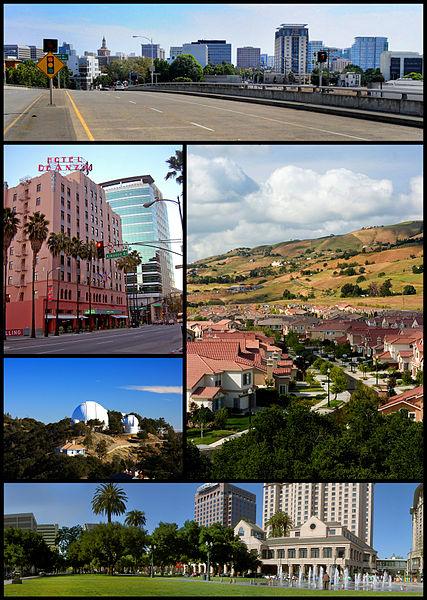Greg: Hi
Barbara. When did you get back?
Barbara:
Greg! Just yesterday.
Greg: So
tell me about your trip.
Barbara: It
was incredible. I had a really great time.
Greg: Good
weather?
Barbara: Not
perfect, but generally OK.
Greg: I'll bet
the food was great.
Barbara:
Amazing!
Use the conversation above to help you choose the correct answer.
1. When Greg
asks, "When did you get back" he means...
a. When did
you come back?
b. When did
you go on your trip?
2. When
Barbara says, "It was incredible" she means...
a. It was a
good trip.
b. It wasn't
a good trip.
3. When Greg
says, "Good weather?" he means...
a. The
weather was good.
b. Was the
weather good?
Answer the questions below about your
vacations. Check all that apply.
Where do you
usually go on vacation?
□ I visit
family
□ I go to
another city.
□ I go to a
beach.
□ Other.
What do you
usually do on vacation?
□ I take it
easy.
□ I visit
museums and go sightseeing.
□ I do a lot
of physical activities.
□ I eat at
nice restaurants.
□ Other






